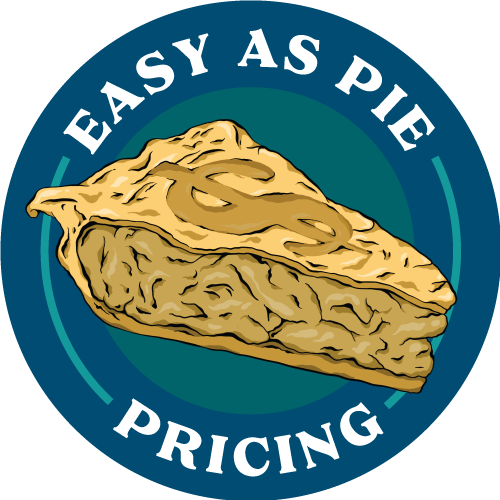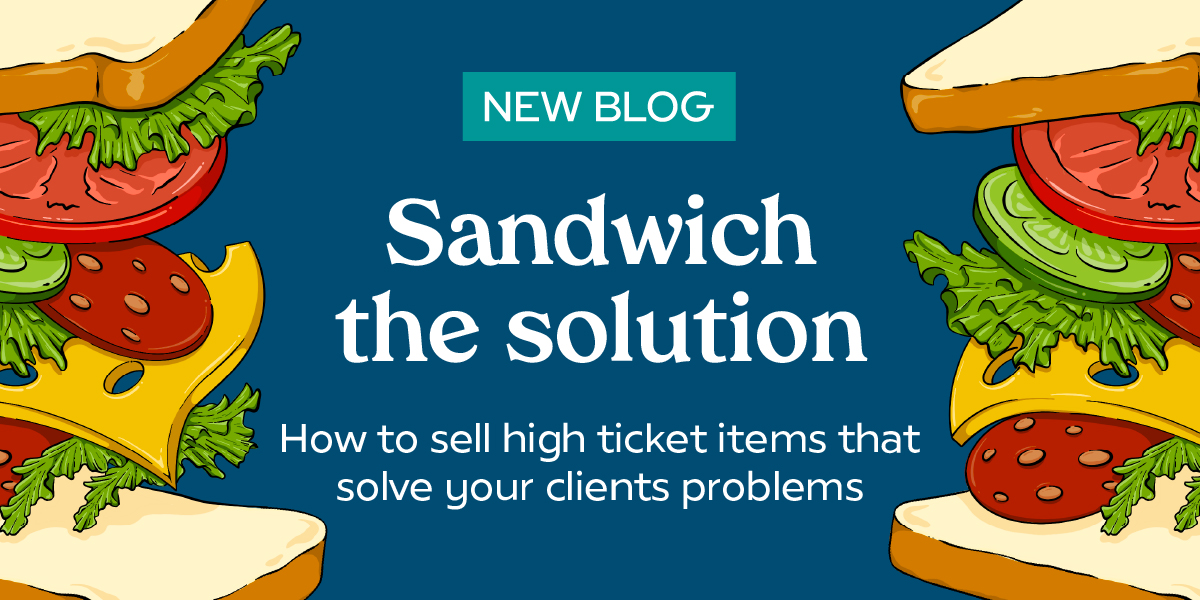A 4.9 minute read...
Charging by the hour. Swapping time for dollars. It's common, simple, understood by many and not the way to be profitable as a creative.
Charging by the hour. Swapping time for dollars. It's common, simple, understood by many and not the way to be profitable as a creative.
One of the most frequently asked questions any freelancer gets; So what’s your hourly rate? It sounds simple, but we both know it is way more complex than that.
So what actually is Hourly Pricing?
I’m sure you know it by now, but put simply, Hourly Pricing is putting a dollar amount on your time and only charging for the time that it takes you to complete the job.
Hourly Pricing is the most commonly accepted and widely used pricing model. The reason that its commonly used is because its so simple to understand; it’s an exchange of hours for money. Most employers use it, you probably worked on an hourly rate in your part time job in high school. I know I did. I’m pretty sure I worked for around $15 dollars an hour back when I was in high school in the family butcher shop.
Charging an hourly rate relies on you keep track of your hours and charging either as you go, at set milestones or all at the end.
So how can you make hourly work as a Freelancer?
Say you have a job that requires ongoing work that isn’t going to be in one nice chunk of time. Maybe it’s content creation for a local florist who can’t really supply all of her flowers at once. She will need to work on an hourly rate and be billed as you go. You might set up a block of hours or just keep them updated with a running total. In this particular case, hourly pricing works for this situation
Or maybe you have a client who knows that they want the end product of the project they have hired you for to look a certain way, but has no idea how you are going to get there, or how long it will take. There’s no way either you or the client knows how long it will take, and guessing or ball parking may be out of the question. Best to play it safe and bill by the hour.
In these scenarios, pricing by the hour absolutely works.
If you want to take hourly pricing and increase its profitability, I highly recommend considering a creative retainer. At the time of writing this, I personally have 3 clients on creative retainers. A retainer means they retain on ongoing access to your services and that is charged at a whole rate per month. This is a little more complex, but it can work to get the client shifting their mindset and thinking about working with you long term.
Are there downsides to Hourly Pricing?
So let’s turn the table and look at how hourly pricing doesn’t work.
You have a client come to you to build a website. Because you have done something similar for another client, so you can kinda ball park how long it will take. And because you have done the work before, you know you want to charge for your time correctly. So you bill that accordingly. BUT when you build this site, the website does so well that they make their return on investment in less time than it took you to build the site. And while its great your client is winning, you can’t help but feel a little short changed and left a little hungry.
Sometimes you have situations where, because you have done a job before and know how long it will take, you end up getting penalised for being too efficient.
For example, the first time you designed a brochure or put together a magazine design you took 30 hours, but now when you put it together the second or third time, maybe it’s a monthly publication, it takes you half the time if not less. It’s great that you have done it in half the time and made the client happy, but here’s the problem.
When you bill hourly and work quicker, you make less money.
When you take less time and are more efficient, you can only bill for the time and not the value. Not ideal, especially when being faster at what you are good at is more valuable than being slower.
The other factor to consider when looking at how hourly pricing doesn’t work is looking at the dynamic between yourself and your client.
Now this is especially true when it comes to new clients, clients who haven’t experienced the sweet taste of success that you bring to every job. They are waiting to be wowed, hoping for you to prove yourself, maybe they are apprehensive because they have been burned before.
When working on an hourly rate in this sort of scenario, you and the client are entering the arena with differing aims or desired outcomes and this is not ideal. The client most likely wants to keep things under budget or as cheap as possible, they want it done fast and they want it done well.
You’re completing the work, so its going to be done well. But you want to be paid for your time, not be punished for being more productive and don’t want to feel rushed. Hourly pricing puts these parameters in place, so you’re already at odds.






